Ready to turn your passion for mixology into a profession? With 1800 Bartending School, you can earn your bartending license right here in Flushing, NY.
Reviews
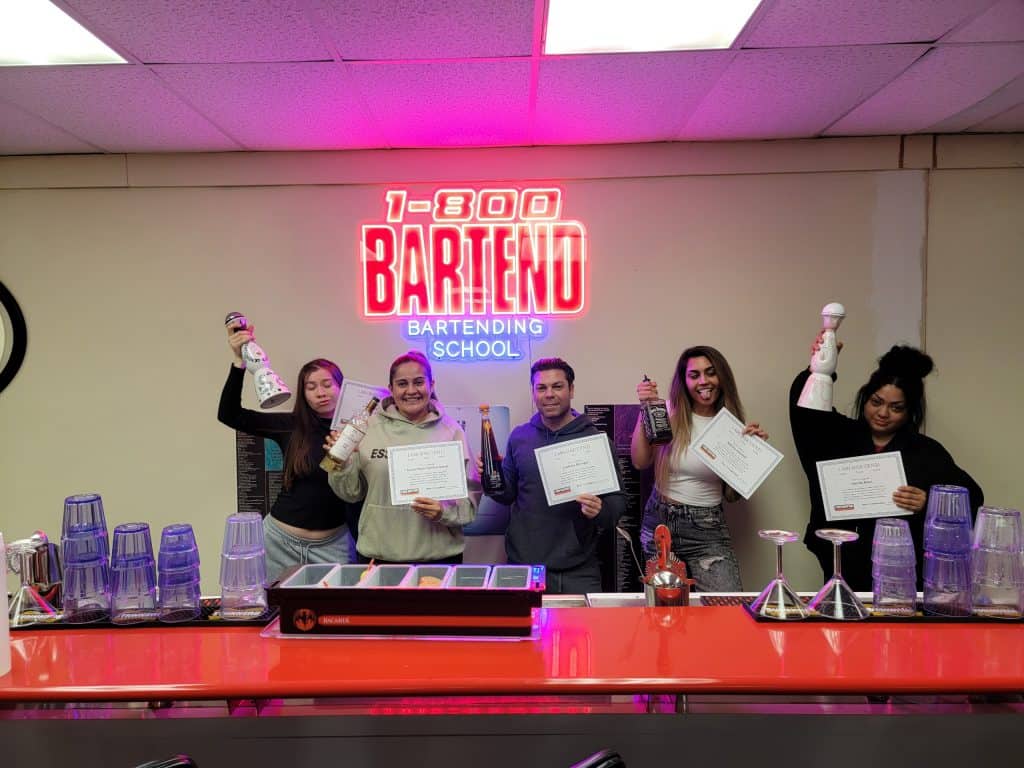
Supporting Local Bartenders
At 1800 Bartending School, we’re here to support your dream of becoming a licensed bartender in Queens. From mixology courses to licensing assistance, we guide you every step of the way. Our courses align with ATAP standards to set you up for success in the industry.
With ample experience in bartending education, we know what it takes to thrive in this dynamic field. Let us share that knowledge with you and help you achieve your goals. Join our community of aspiring bartenders today!
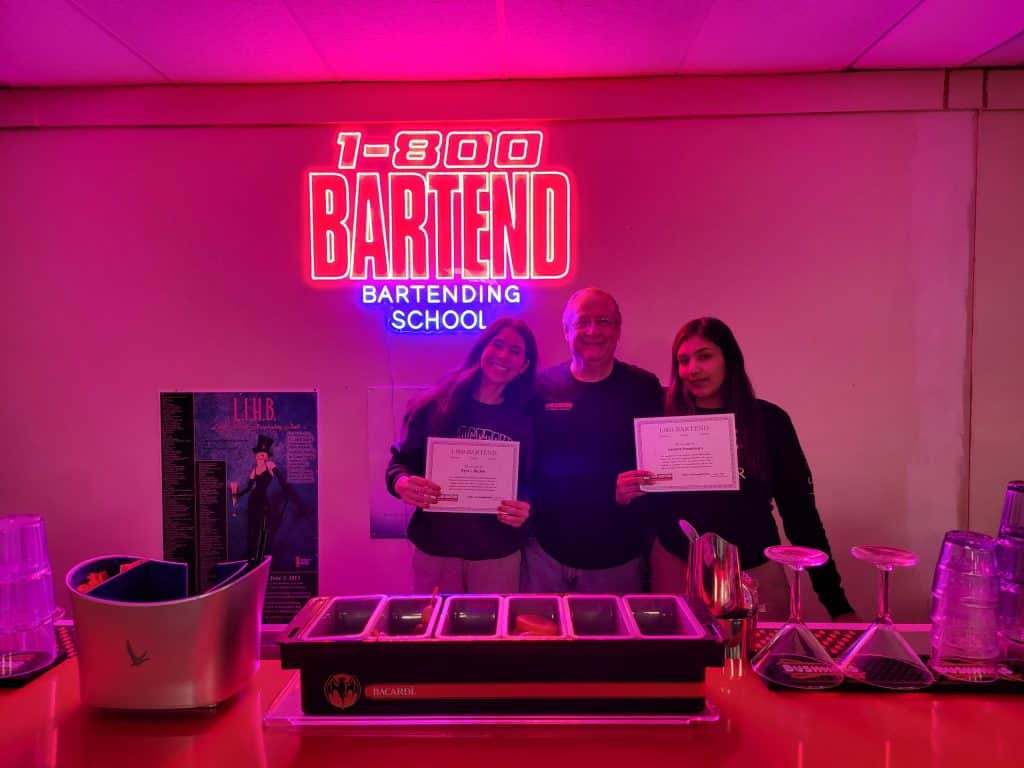
Earning Your Bartending License
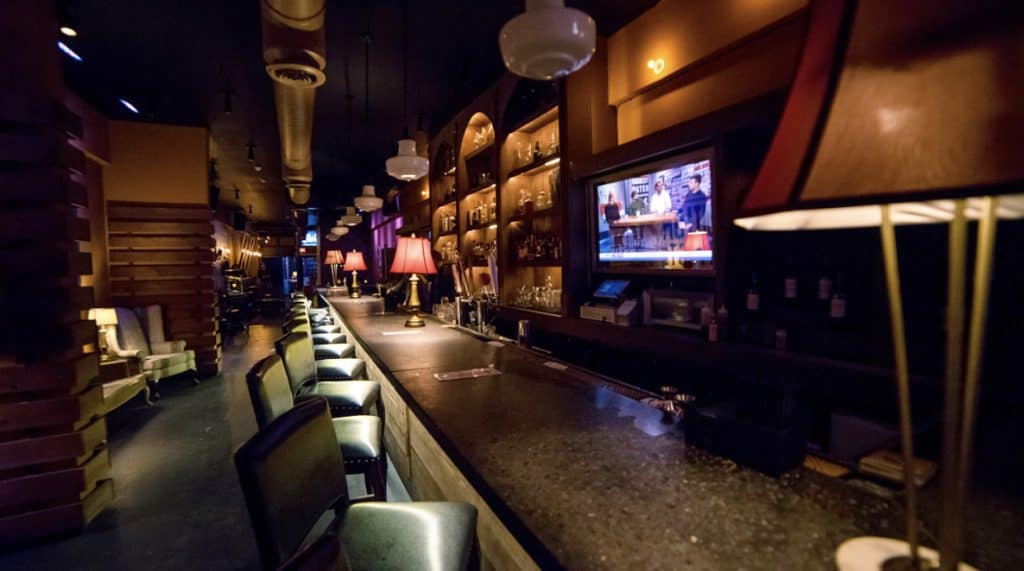
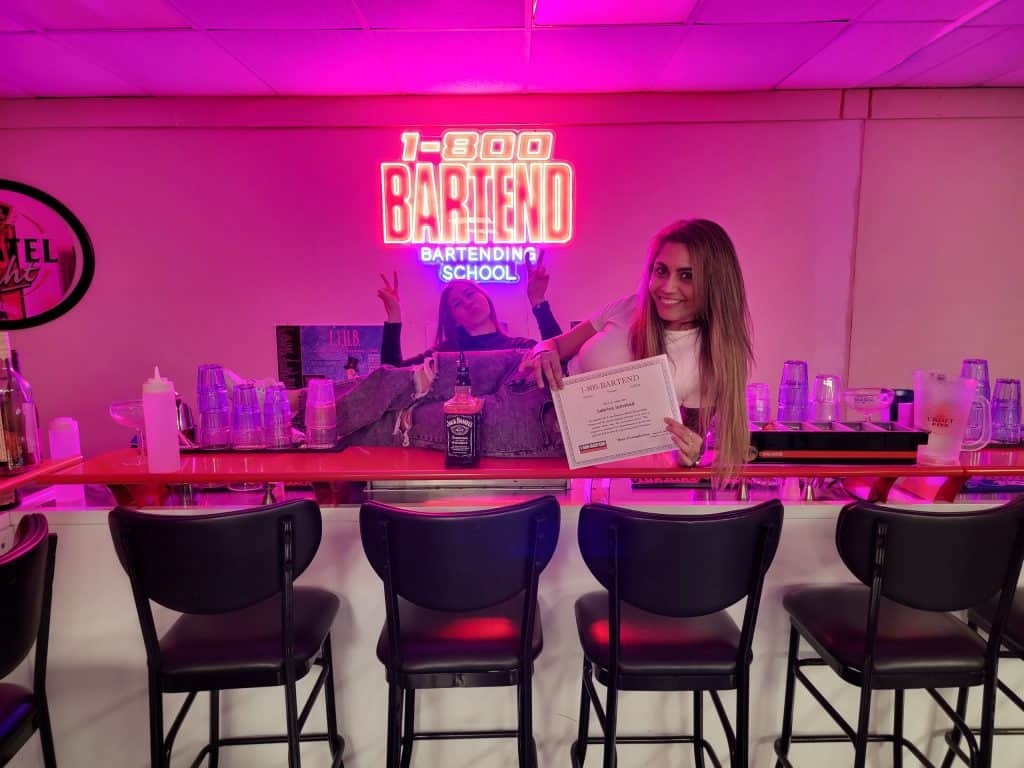
Bartending License Basics
Getting licensed isn’t just about meeting local laws in Queens – it’s about setting yourself up for success. A bartending license shows employers that you’ve got the skills and knowledge to handle the job. It also gives you an edge in a competitive industry.
At 1800 Bartending School, we offer hands-on training that prepares you for the ATAP certification. Whether you’re just starting or looking to refine your skills, our courses are designed with your future in mind. Reach out to us at 516-212-9850 to learn how to begin your journey in Flushing, NY.
Flushing was originally inhabited by the Lenape Indians prior to colonization and European settlement.
|
|
|
On October 10, 1645, Flushing was established on the eastern bank of Flushing Creek under charter of the Dutch West India Company and was part of the New Netherland colony that was governed from New Amsterdam (Lower Manhattan). The settlement was named Vlissingen, after the city of Vlissingen, which was the European base of the Dutch West India company. By 1657, the residents called the place “Vlishing”. Eventually, the formal traditional English name for the Dutch town, “Flushing”, would be settled upon (despite being a Dutch colony, many of the local early settlers were British, who trickled down from nearby Connecticut colony).
Unlike all other towns in the region, the charter of Flushing allowed residents freedom of religion as practiced in Holland “without the disturbance of any magistrate or ecclesiastical minister”. However, in 1656, New Amsterdam Director-General Peter Stuyvesant issued an edict prohibiting the harboring of Quakers. On December 27, 1657, the inhabitants of Flushing approved a protest known as The Flushing Remonstrance. This petition contained religious arguments even mentioning freedom for “Jews, Turks, and Egyptians,” but ended with a forceful declaration that any infringement of the town charter would not be tolerated. Subsequently, a farmer named John Bowne held Quaker meetings in his home and was arrested for this and deported to Holland. Eventually he persuaded the Dutch West India Company to allow Quakers and others to worship freely. As such, Flushing is claimed to be a birthplace of religious freedom in the New World. Landmarks remaining from the Dutch period in Flushing include the John Bowne House (c. 1661) on Bowne Street and the Old Quaker Meeting House (1694) on Northern Boulevard. The Remonstrance was signed at a house on the site of the former State Armory, now a police facility, on the south side Northern Boulevard between Linden Place and Union Street.
Learn more about Flushing.Here are some bartending-related links:
Mon - Sat:
9AM - 5PM
Sunday:
Closed
Sign up, get trained, and let’s get you behind the bar in just one week. Your future in bartending starts now!
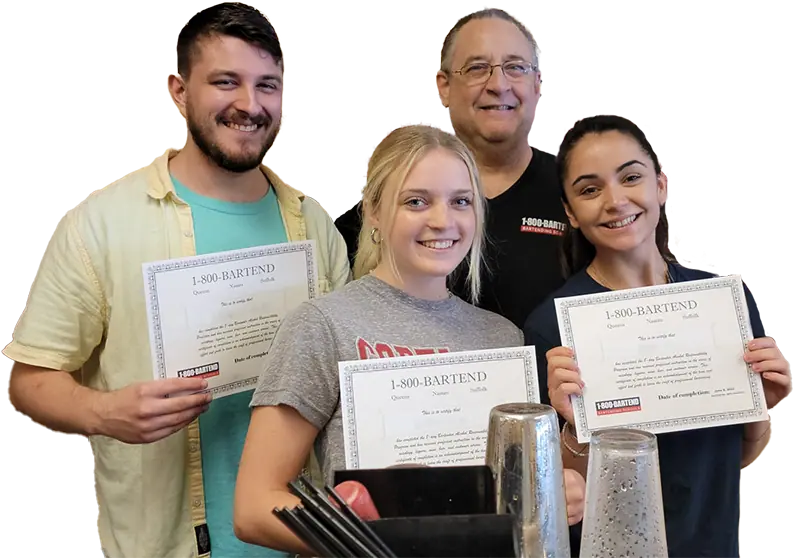
1-800-Bartend
For Students
For Businesses
Helpful Links